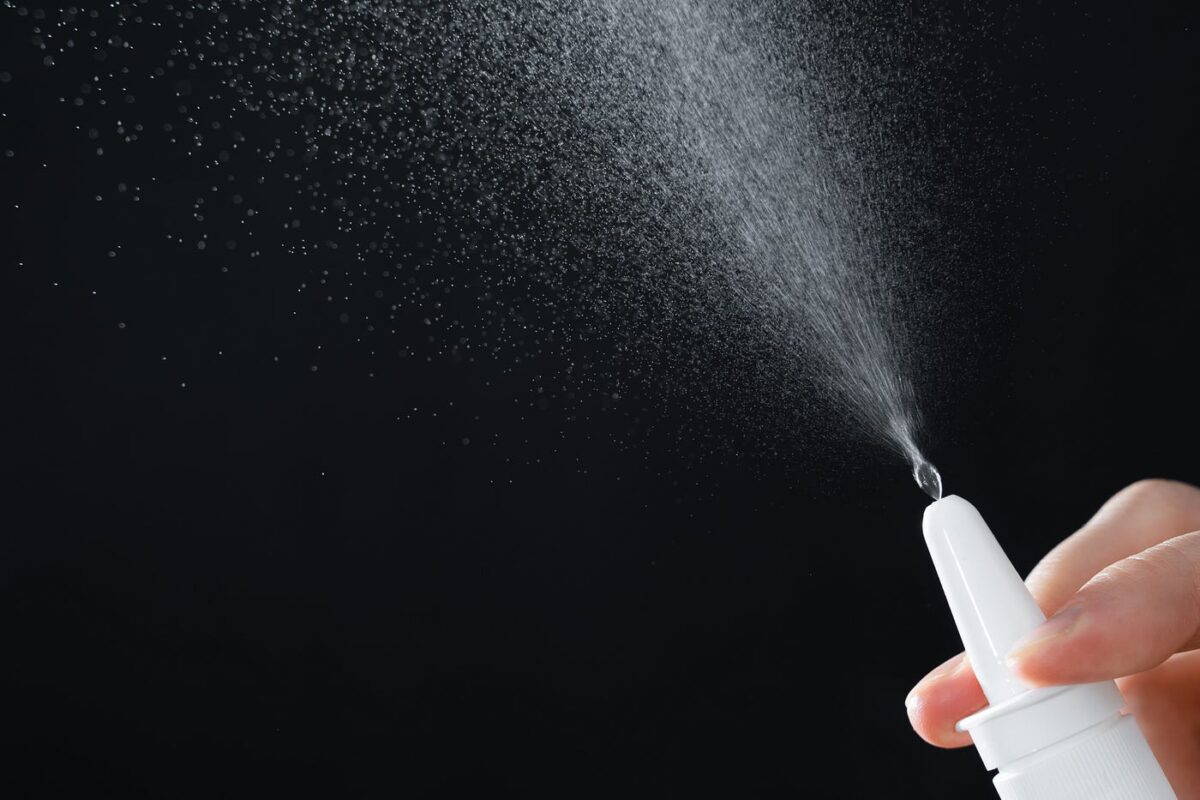COVID-19 Prevention and Management with Spray Solutions

The COVID-19 pandemic has prompted a global search for effective methods to prevent the spread of the virus and manage its impact. Among the various strategies, spray solutions have emerged as a practical approach for disinfection and protection. In this article, we explore the different types of COVID-19 spray solutions, their effectiveness, proper usage, and safety considerations.
Types of COVID-19 Spray Solutions
COVID-19 spray solutions fall into two main categories: disinfectants and antiviral sprays. Each type has specific applications and benefits:
- Disinfectant Sprays: These sprays are designed to kill or inactivate a wide range of pathogens, including the SARS-CoV-2 virus responsible for COVID-19. They are typically used on surfaces and high-touch areas to reduce the risk of viral transmission. Common ingredients include alcohol, hydrogen peroxide, and quaternary ammonium compounds.
- Antiviral Sprays: These sprays contain agents that specifically target viruses. They can be used on surfaces, fabrics, and even in the air to reduce the presence of viral particles. Some antiviral sprays contain natural ingredients like essential oils, while others use synthetic compounds.
Effectiveness of COVID-19 Sprays
The effectiveness of COVID spray solutions depends on several factors, including the active ingredients, concentration, contact time, and the type of surface being treated. Here’s a closer look at these factors:
- Active Ingredients: Disinfectant sprays with alcohol (at least 70%), hydrogen peroxide, or quaternary ammonium compounds are effective against SARS-CoV-2. Antiviral sprays with similar ingredients or other approved compounds can also help reduce viral load.
- Concentration: The concentration of active ingredients is crucial for effectiveness. A minimum of 70% alcohol is recommended for effective disinfection. Lower concentrations may not provide adequate protection.
- Contact Time: Sprays must remain in contact with surfaces for a specified time to effectively kill or inactivate viruses. This can range from 30 seconds to several minutes, depending on the product.
- Surface Type: Non-porous surfaces are easier to disinfect, while porous surfaces may require additional treatment or specialized products.
Proper Usage and Application Techniques
To maximize the effectiveness of COVID-19 spray solutions, proper usage and application techniques are essential. Follow these guidelines for best results:
- Read the Label: Always read and follow the instructions on the product label, including safety precautions and recommended contact times.
- Pre-clean Surfaces: Before applying a disinfectant spray, clean the surface to remove dirt and debris. This allows the spray to work more effectively.
- Apply Evenly: Ensure that the spray is applied evenly across the entire surface. Avoid over-saturating or leaving pools of liquid.
- Use Adequate Ventilation: Some disinfectant sprays produce fumes that can be harmful if inhaled in large quantities. Use sprays in well-ventilated areas.
- Protective Gear: When using sprays, especially in large quantities or for extended periods, wear protective gear such as gloves and masks to minimize exposure.
Safety Considerations for COVID-19 Sprays
While COVID-19 spray solutions are effective in reducing the risk of viral transmission, safety must be a top priority. Here are some key safety considerations:
- Avoid Inhalation: Some spray solutions can cause respiratory irritation. Use sprays in well-ventilated areas and avoid inhaling the mist.
- Keep Away from Children: Store spray solutions out of reach of children and pets. Accidental ingestion or contact can be harmful.
- Follow Disposal Guidelines: Dispose of used spray containers and materials according to local regulations. Improper disposal can harm the environment.
- Allergic Reactions: Some individuals may have allergic reactions to certain spray ingredients. Test a small area before widespread use and consult a healthcare professional if needed.
Enhancing the Efficiency of COVID-19 Sprays
To maximize the impact of COVID-19 spray solutions, certain advanced techniques and practices can be employed. Here are some key approaches to enhance efficiency:
- Electrostatic Sprayers: These devices charge the disinfectant particles as they are sprayed, allowing them to adhere more evenly to surfaces, including hard-to-reach areas. This method is particularly useful for large spaces or complex environments.
- Automated Spray Systems: In environments like offices, schools, and hospitals, automated spray systems can be installed to regularly disinfect spaces without human intervention. These systems ensure consistent application and can be programmed for specific intervals.
- UV-C Light Integration: Some advanced spray systems integrate UV-C light technology, which has been shown to effectively inactivate viruses. Combining UV-C light with spray-based disinfection can offer an additional layer of protection.
- Robotic Disinfection: Robotic systems equipped with spray technology can autonomously navigate spaces, ensuring thorough coverage. These systems are ideal for large-scale disinfection tasks.
Technological Advancements in COVID-19 Spray Solutions
Innovations in spray technology have played a crucial role in improving the effectiveness of disinfection efforts. Below are some of the recent technological advancements in COVID-19 spray solutions:
- Nano-Coating Sprays: These sprays use nanotechnology to create a protective coating on surfaces, providing longer-lasting protection against viruses. The nano-coating can resist repeated cleaning and remain effective for extended periods.
- Multi-Purpose Sprays: New spray solutions are being developed to offer multi-functional capabilities, such as disinfection, deodorization, and anti-microbial properties. These sprays are particularly useful for high-traffic areas.
- Eco-Friendly Sprays: Environmental concerns have led to the creation of eco-friendly spray solutions that are biodegradable and free from harmful chemicals. These sprays provide effective disinfection while minimizing environmental impact.
Conclusion
COVID-19 spray solutions offer a practical and effective approach to reducing the risk of viral transmission. By understanding the different types of sprays, their effectiveness, and proper usage, we can help ensure a safer environment during the ongoing pandemic. Always prioritize safety and follow manufacturer guidelines to achieve the best results.









